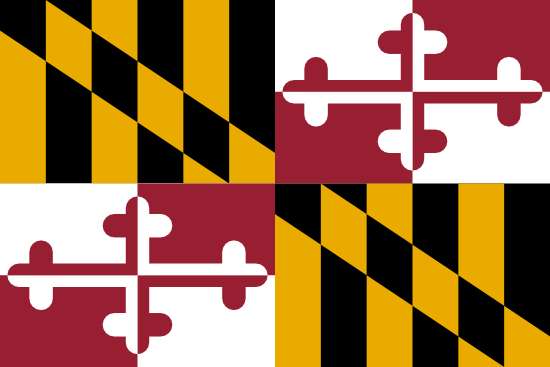
Maryland
- Statehood Year:
- 1788
- Capital:
- Annapolis
- Largest Cities:
- Baltimore, Frederick, Gaithersburg
- Abbreviation:
- MD
Maryland is a state in the Northeast region of the United States, known for the Chesapeake Bay, coastal plains, and historic harbors. It has a population of 6,309,380, making it the 18th most populated state in the country. The capital city is Annapolis. Maryland has a federal facility-rich economy with strong biotech sector.